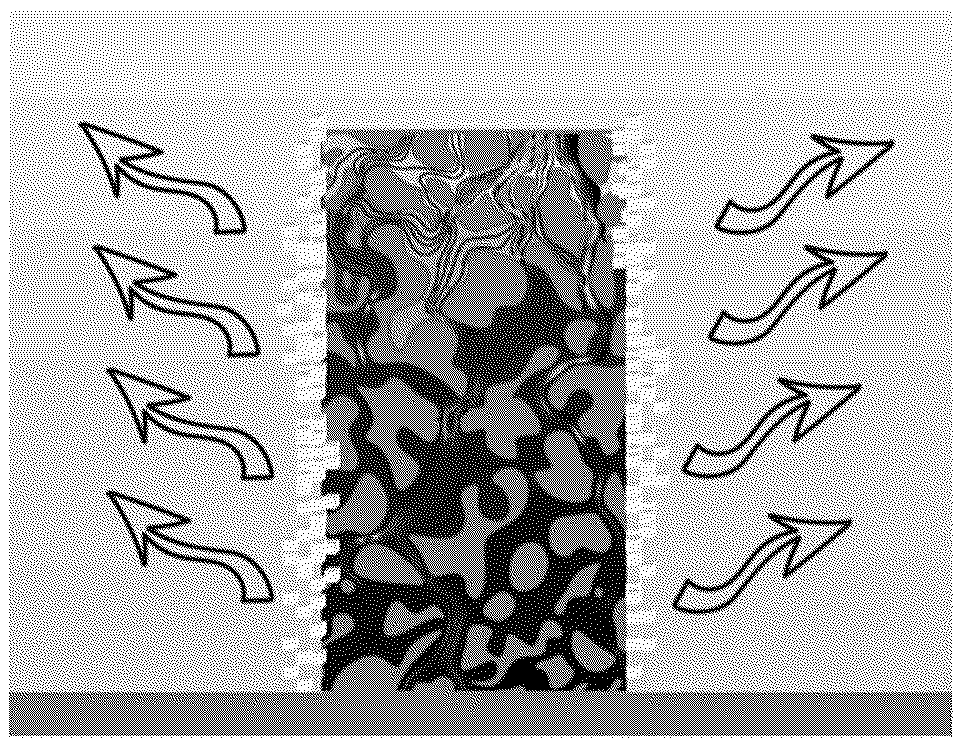Efficient Solar Desalination with Microporous Aluminum Nitride Technology
Introduction
Water scarcity is one of the most urgent global challenges today, affecting millions of people, industries, and ecosystems. Traditional desalination methods, while effective, are energy-intensive and often rely on thermal processes or reverse osmosis, which are costly and environmentally taxing. Our patented method and system for capillary flow in microporous aluminum nitride offers a breakthrough non-thermal solar desalination process. This technology provides an energy-efficient and eco-friendly solution to converting seawater into fresh water, addressing both water shortages and the need for sustainable desalination.
Current Limitations in Desalination Technologies
Traditional desalination systems are essential for providing potable water in arid regions, coastal areas, and industries that require large amounts of fresh water. However, these systems generally consume vast amounts of energy and often rely on thermal or pressure-based processes, such as multi-stage flash distillation or reverse osmosis. While these processes can be effective, they are expensive to maintain and operate, particularly for remote or developing regions where access to electricity or fossil fuels is limited.
For industries and communities looking to adopt more sustainable water treatment methods, there is a growing demand for desalination technologies that are less energy-dependent, more cost-effective, and capable of functioning efficiently in off-grid or remote locations.
A Game-Changer for Non-Thermal Solar Desalination
Our patented system leverages the unique properties of microporous aluminum nitride, which allows for capillary-driven flow to desalinate water without relying on traditional thermal energy. This system uses solar energy, not for heating, but as a driving force behind a non-thermal desalination process that significantly reduces energy consumption. By facilitating the movement of water through microporous aluminum nitride, the system can separate salt and impurities from seawater, resulting in fresh water without the need for high-pressure pumps or excessive heat.
This method is particularly well-suited for remote regions, disaster-stricken areas, and off-grid applications where traditional desalination systems are not practical or sustainable. Additionally, its low energy footprint makes it an attractive solution for agricultural and industrial applications that require large volumes of fresh water but aim to minimize environmental impact.
Key Benefits
- Energy-Efficient Desalination: Utilizes capillary flow and solar energy for desalination without requiring thermal processes, significantly reducing energy consumption.
- Sustainable and Eco-Friendly: Provides a clean water solution with minimal environmental impact, perfect for remote areas and off-grid applications.
- Low Operational Costs: The system’s reliance on solar energy and microporous materials leads to reduced long-term operational and maintenance costs.
- Versatile Applications: Ideal for coastal, rural, and industrial use where fresh water is needed, but energy resources are limited.
A Sustainable Path to Fresh Water
Licensing this non-thermal solar desalination technology provides companies and organizations with a powerful tool to address global water scarcity. Its energy efficiency, sustainability, and scalability make it a key solution for industries and communities striving for clean water in an environmentally responsible way.

- Abstract
- Claims
What is claimed is:
1. A microporous wick, the microporous wick comprising:
6. A method for non-thermal solar desalination or debrining, the method comprising:
7. The method according to claim 6, further comprising:
8. The method according to claim 6, further comprising:
9. The method according to claim 6, further comprising:
10. The method according to claim 6, further comprising:
13. The method according to claim 6, further comprising:
14. The method according to claim 6, further comprising:
15. The method according to claim 6, further comprising:
19. A method for evaporative cooling that leverages radiative cooling of aluminum nitride comprising:
Share
Title
Method and system for capillary flow in microporous aluminum nitride for non-thermal solar desalination
Inventor(s)
Luat T. Vuong, James Li-Guo LEUNG, Navindra D. SINGH
Assignee(s)
University of California
Patent #
20240076213
Patent Date
March 7, 2024
